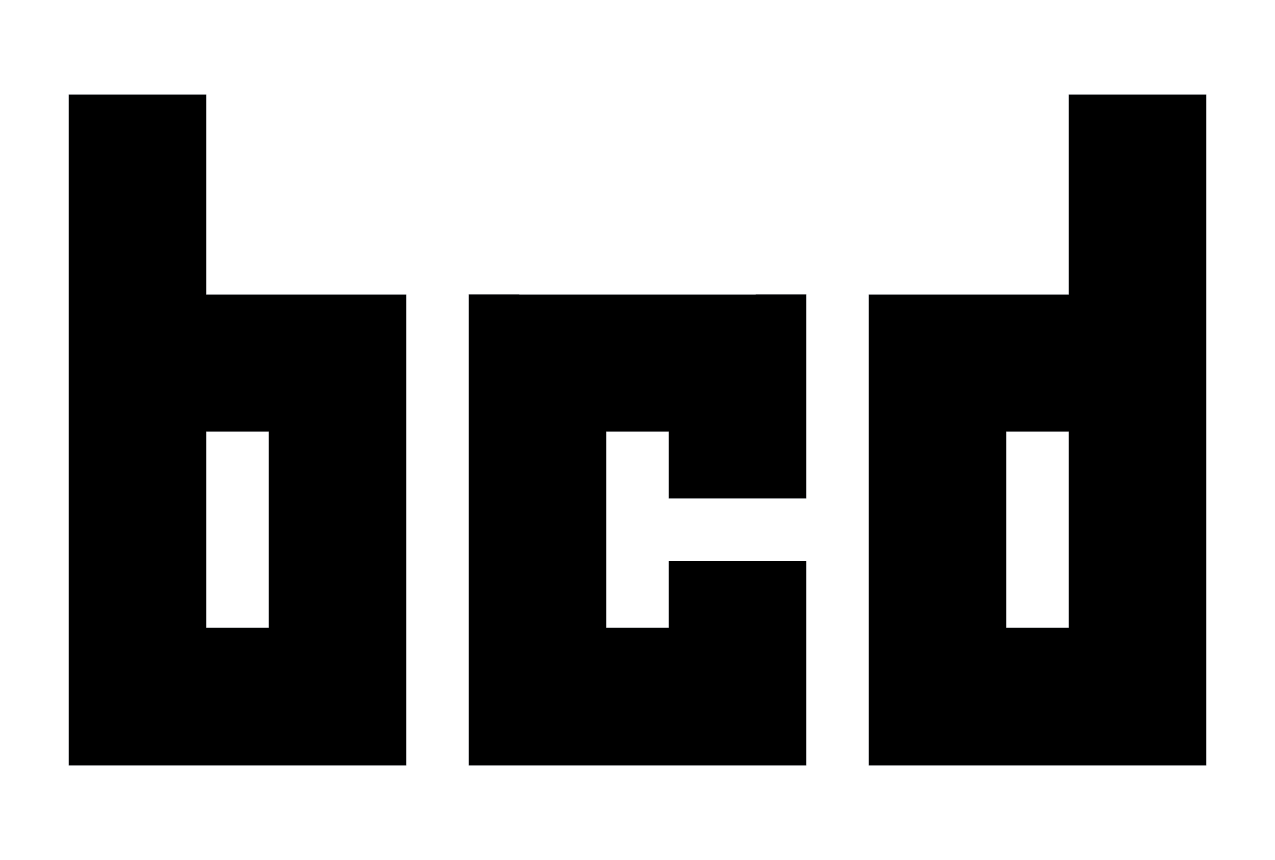Product Design at BigCommerce
Discover
Our process begins with empathy. The first step to a creating a successful experience is to develop a deeper understanding of our user. What problems are they trying to solve? What motivates them? Why are they looking to our product?
Engaging with our users can take various forms depending on the type of information we are looking to gather. The most common form of qualitative user research we conduct at BigCommerce are 1:1 interviews.
When we begin a project we establish an Interview Plan to define the objectives of the interview, any initial assumptions to be validated, and the general flow of questions to be asked. We try to arrange a number of these interviews to help us identify user needs and identify opportunities. Once interviews are completed, the research is synthesized and an Insight Report is generated. Often times this report allows us to validate or disprove our initial assumptions.
Competitive Analysis is another method we use during the discovery phase. How is our competition attempting to solve problems similar to our own? What feature sets do they offer? Do opportunities in the market exist we can capitalize on?
As part of this process we map the journeys of our competitors and conduct an evaluation based on Nielsen's Usability Heuristics for Interaction Design: A set of criteria that allows us to evaluate an experience without having to account for aesthetics or personal tastes.
The results of this evaluation are then rendered in a “rainbow plot” to allow us to easily identify trends and spot opportunities for improvement within our own product.













